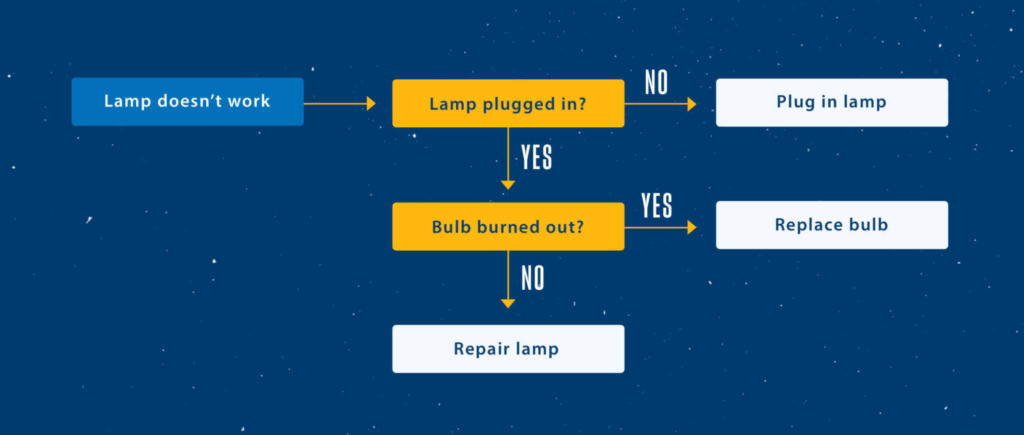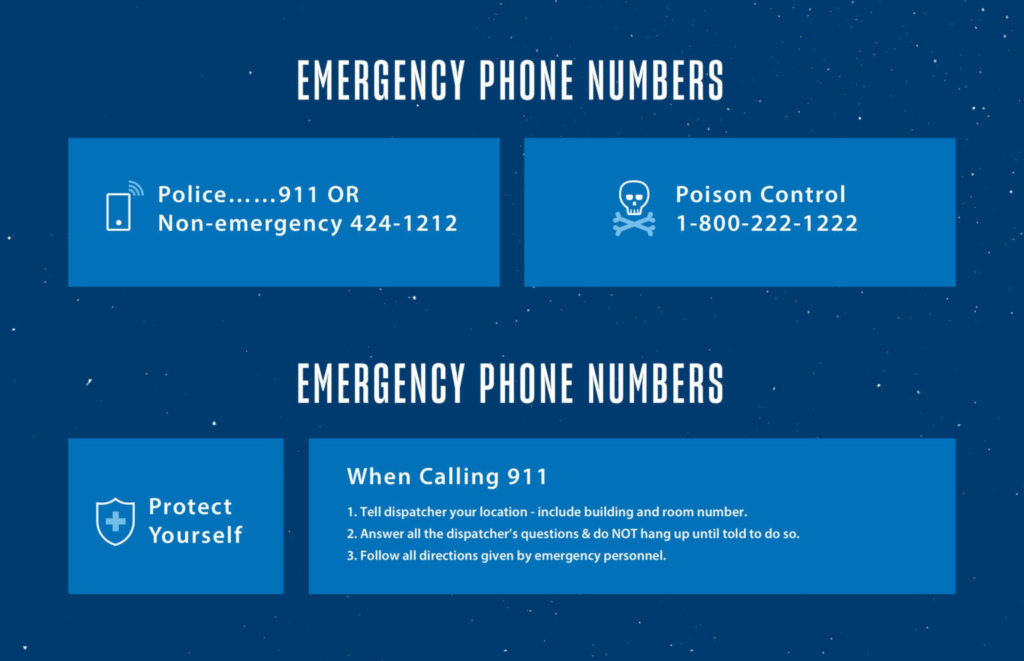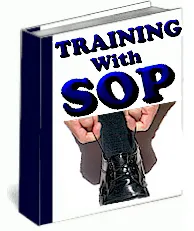Job aids are tools, devices, or guides that provide simple instructions on completing a task or achieving a goal. They’re used either to introduce new steps in a process or to help people remember how to complete tasks more efficiently.

How Do Job Aids Improve Performance?
For new employees, job aids are ideal for onboarding, initial training and just-in-time performance support. For current and seasoned employees, they are a great way to introduce new work processes and provide updates on procedures.
Job aids can be printed documents, digital files, or performance support reminders pushed to mobile devices. They’re typically one page or shorter and include images to illustrate processes and procedures.
Job aids are a beneficial learning resource, as they:
- Save training time by assisting in the completion of tasks. The eLearning Industry notes how job aids provide immediate instruction in a moment of need.
- Reduce training costs. . According to the Association for Talent Development, job aids can be deployed up to 75% faster than traditional training at reduced expense.
- Improve performance and support for learners. Job aids provide instant references to clarify directions, encourage independent action and promote continuous learning.
- Ensure that standards and processes are consistent across teams. Providing a single point of reference keeps everyone on the same page (literally), making it easier to share information and update others.
Step-by-Step Manual – Used when specific tasks must be completed in a certain order and don’t require decision making. This job aid is also useful when learners need to record information as they follow each step.

Flowchart – Useful when learner must make yes or no decisions that affect the task outcome.

Decision Table – Used when a task has several variables and each variable has multiple options to consider. Unlike flowcharts or step-by-step instructions, the tasks usually do not need to be completed within a set order.

Checklist – Used when there are many tasks to complete in no particular order. In some cases, the tasks must be completed in the same way, every time.

Reference Guide – These guides are used when there are no specific steps to follow and information is not needed all at once. Their primary use is to provide essential information at a glance.





